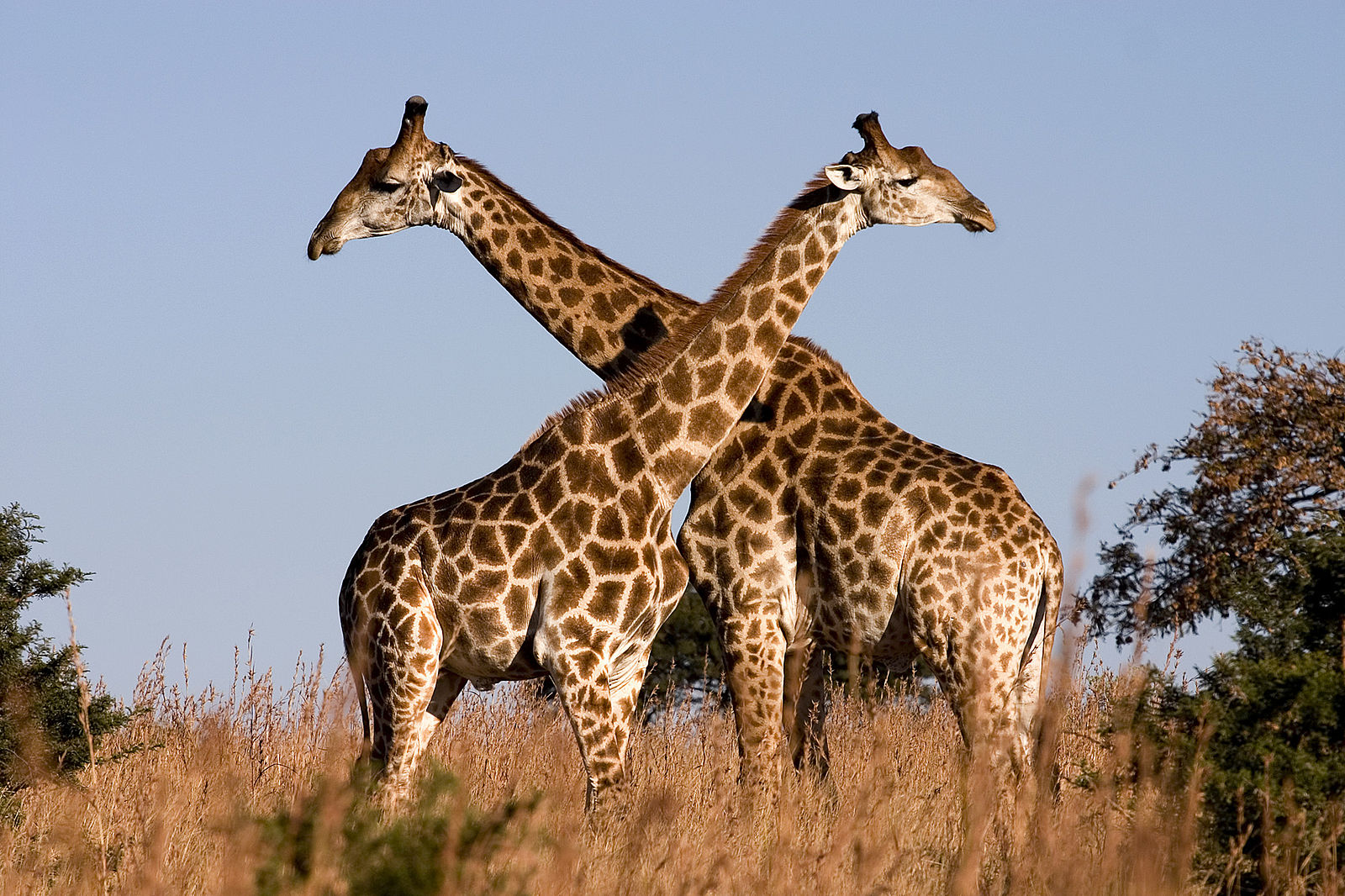
For Giraffes, Blood Circulation Is a Tall Order
All eyes were on April the giraffe recently when she gave birth on a live webcam. One captured moment included April’s long neck reaching down towards the ground to accept a kiss from her handler. A picture like that really makes clear that the giraffe is the tallest living animal in the world. And baby giraffes are born taller than most humans! Their long necks help them reach leaves high above in the tree canopy, where other herbivores can’t reach. During mating season, the male giraffe’s neck becomes a weapon used to fight off the competition. But that neck provides a long journey from the heart to the head. What keeps the blood flowing?
Hypertension
When you visit the blood center, it’s important that your blood pressure be in the normal range to move forward to the next step of donating blood. Even if a giraffe were able to get through the door, it wouldn’t make it past the medical history. That’s because giraffes have twice the blood pressure that humans do.
Cardiovascular Power
A weighty 25-pound heart keeps the powerful beat needed to flow blood to the brain. And to compensate for the high blood pressure, blood vessels constrict and expand to maintain volume.
Compression
Giraffes wear natural compression socks on their necks and legs in the form of very tight skin. This keeps blood moving back up to the heart instead of pooling in their legs.
Rete Mirabile
When it’s time to bend over to drink, the giraffe needs a safety net to keep blood from rushing to brain. That net is called the rete mirabile, which is Latin for “wonderful net,” and it is made up of arteries and veins that equalize blood pressure.
So if you happen to see a giraffe, whether at the zoo or on a live webcam, you can marvel at the complex system that keeps it standing tall!
*****************
Graphic:
https://commons.wikimedia.org/wiki/File:Giraffe_Ithala_KZN_South_Africa_Luca_Galuzzi_2004.JPG
Reference:
http://news.bbc.co.uk/earth/hi/earth_news/newsid_8368000/8368915.stm
https://www.ncbi.nlm.nih.gov/pmc/articles/PMC3230097/
https://en.wikipedia.org/wiki/Giraffe
